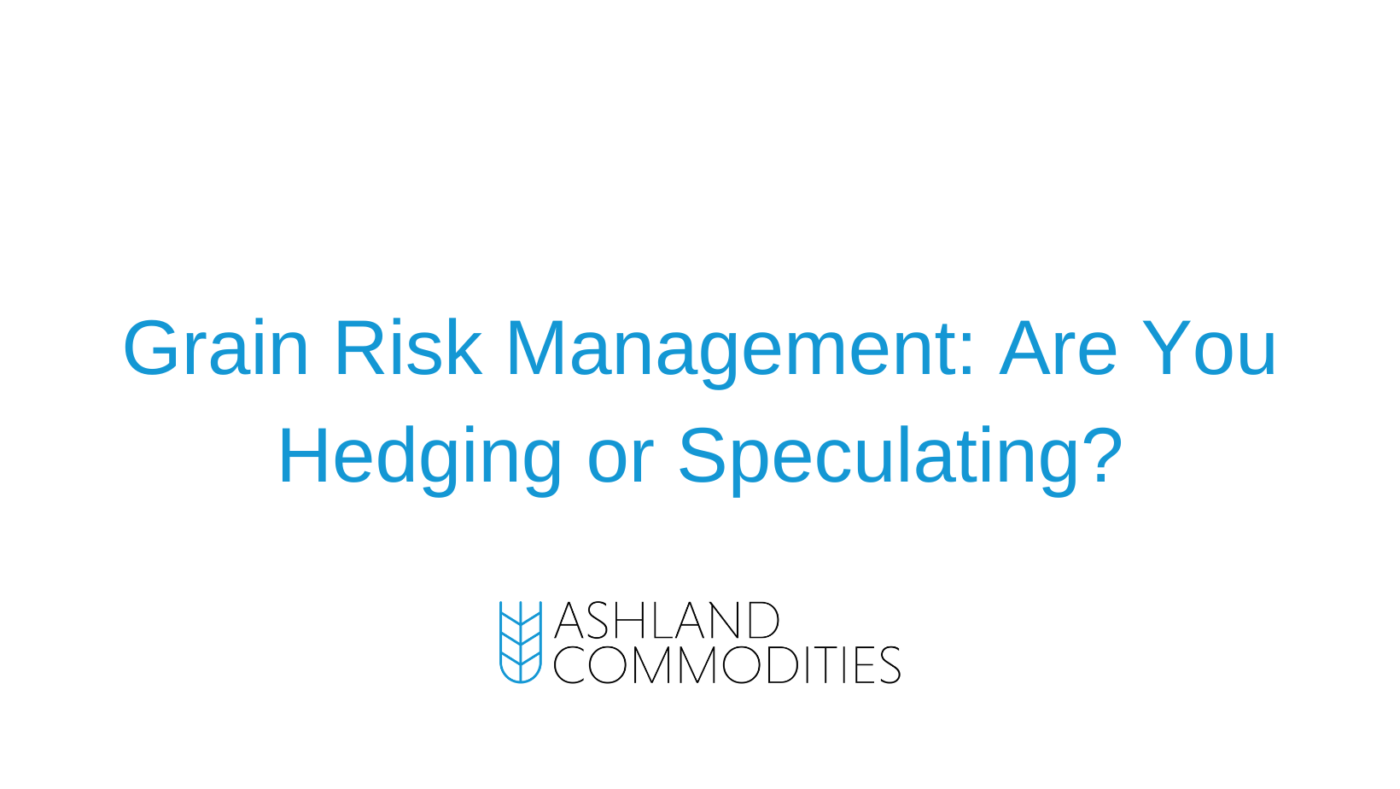Even the best laid plans have the ability to go awry. This is especially true in commodity markets that are known to be volatile and have a history of taking no prisoners. That’s why it is critically important that every business has plans and processes in place to protect them against hedges going awry.
Consider the case of two food processing companies. One of which, ABC Foods, leaves their hedging decisions completely up to the respective buyer. For the sake of example, let’s assume that ABC Foods uses 5 million bushels of corn each year in products containing High Fructose Corn Syrup. ABC Foods has traditionally hedged their corn requirements by using the CME Corn Futures contract. The current corn buyer for the company believes that corn is undervalued at the moment. To take advantage of this pricing discrepancy, the buyer decides to go long corn futures. Due to his confidence in the markets being undervalued, the current buyer decides to go long for an extended duration – in this case 90% of their annual requirements.
On the other hand, there is another food company XYZ Foods. XYZ Foods also uses 5 million bushels of corn a year, but instead of leaving the decisions up to the buyers themselves, XYZ Foods has a risk committee and trusted commodity advisors that they work with. The ultimate goal of XYZ Food’s hedging program is to align their commodity costs with their sales contracts and their ability to price on the shelf so that their margins are always protected. Knowing that this is a dynamic process, XYZ Foods has regular check points regarding grain risk management, has a risk process in place, and has a well defined policy that outlines the goals, tools, and definitions of accomplishment.
As a result of their detailed analysis, and the work of a trusted commodity advisor, XYZ Foods knows that if they hedge 75% of their corn requirements 7-12 months in the future using a combination of futures, call options, and collars they will be able to protect their margin. The reason XYZ Foods knows this will work is because they know their companies pricing windows, know what the market dynamics are presenting, and have done the work to identify their risk tolerance.
In this example, it is clear to see that XYZ Foods has a well defined process and is able to operate with confidence. ABC Foods, on the other hand, is little more than a series of speculative trades based on what a buyer “thinks” about the market price at any given time. The approach of ABC Foods is neither repeatable, or desirable in the long run.

